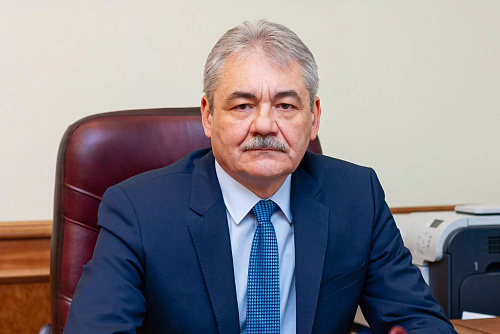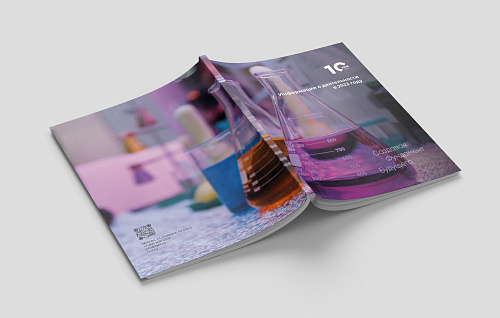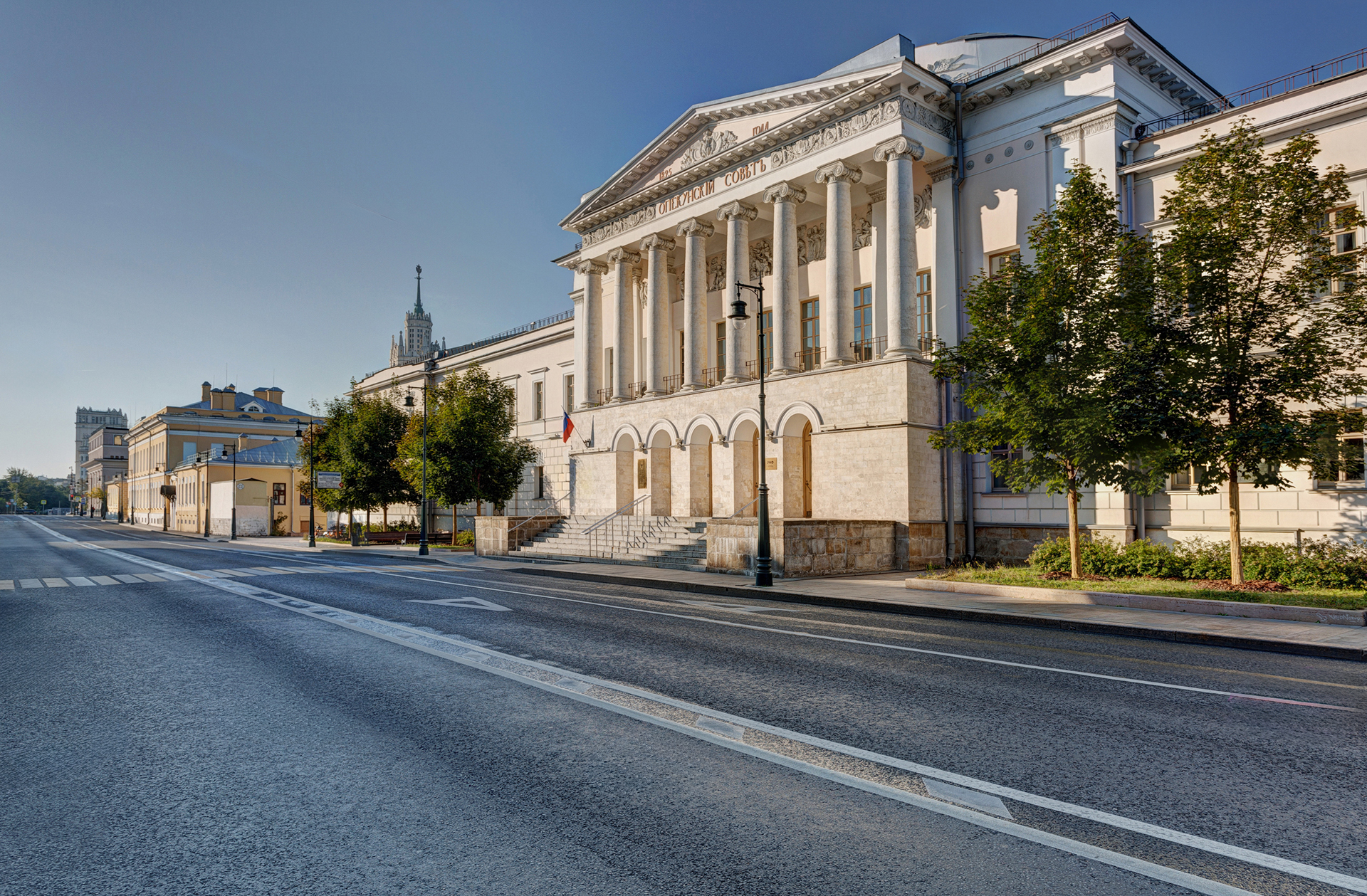
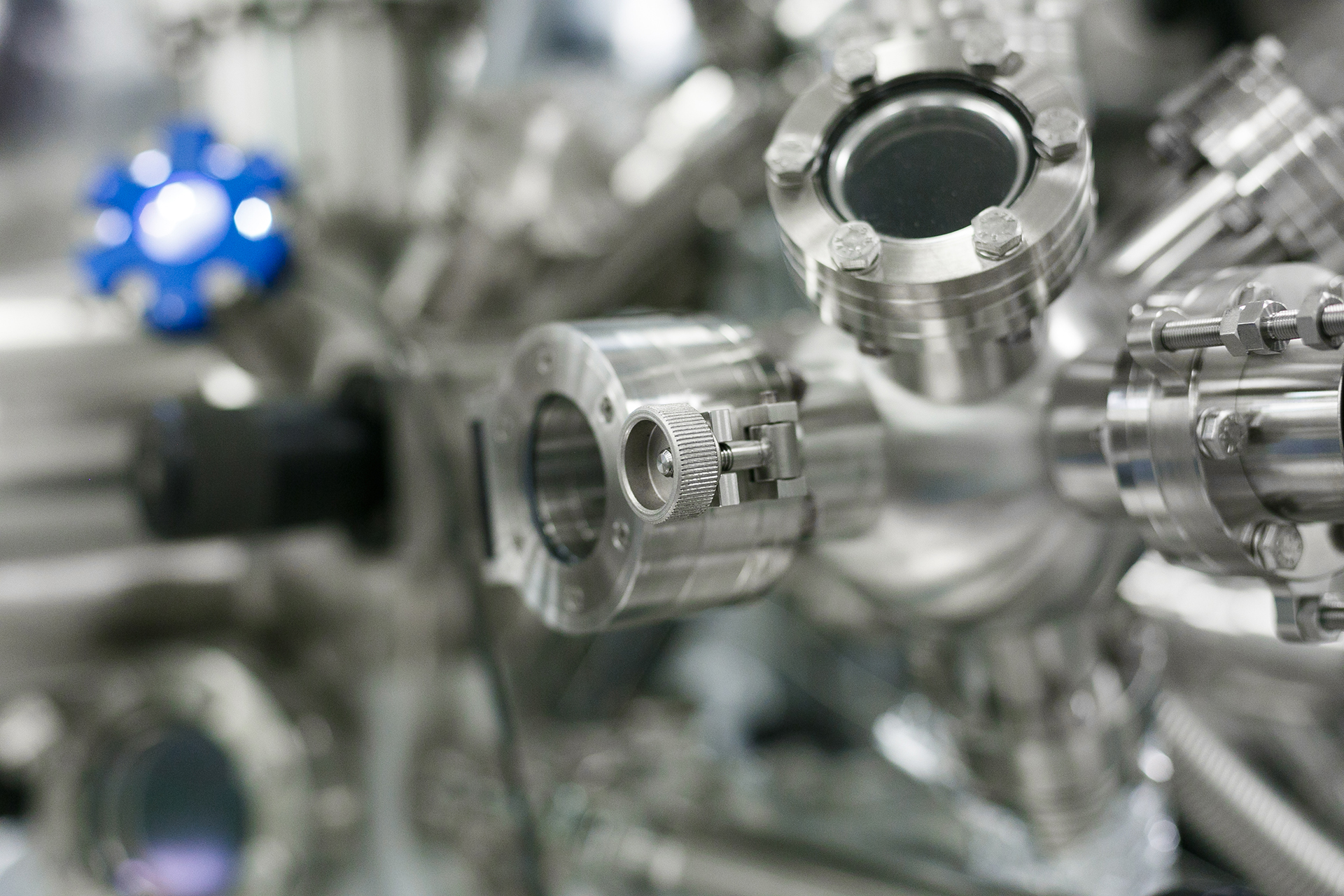
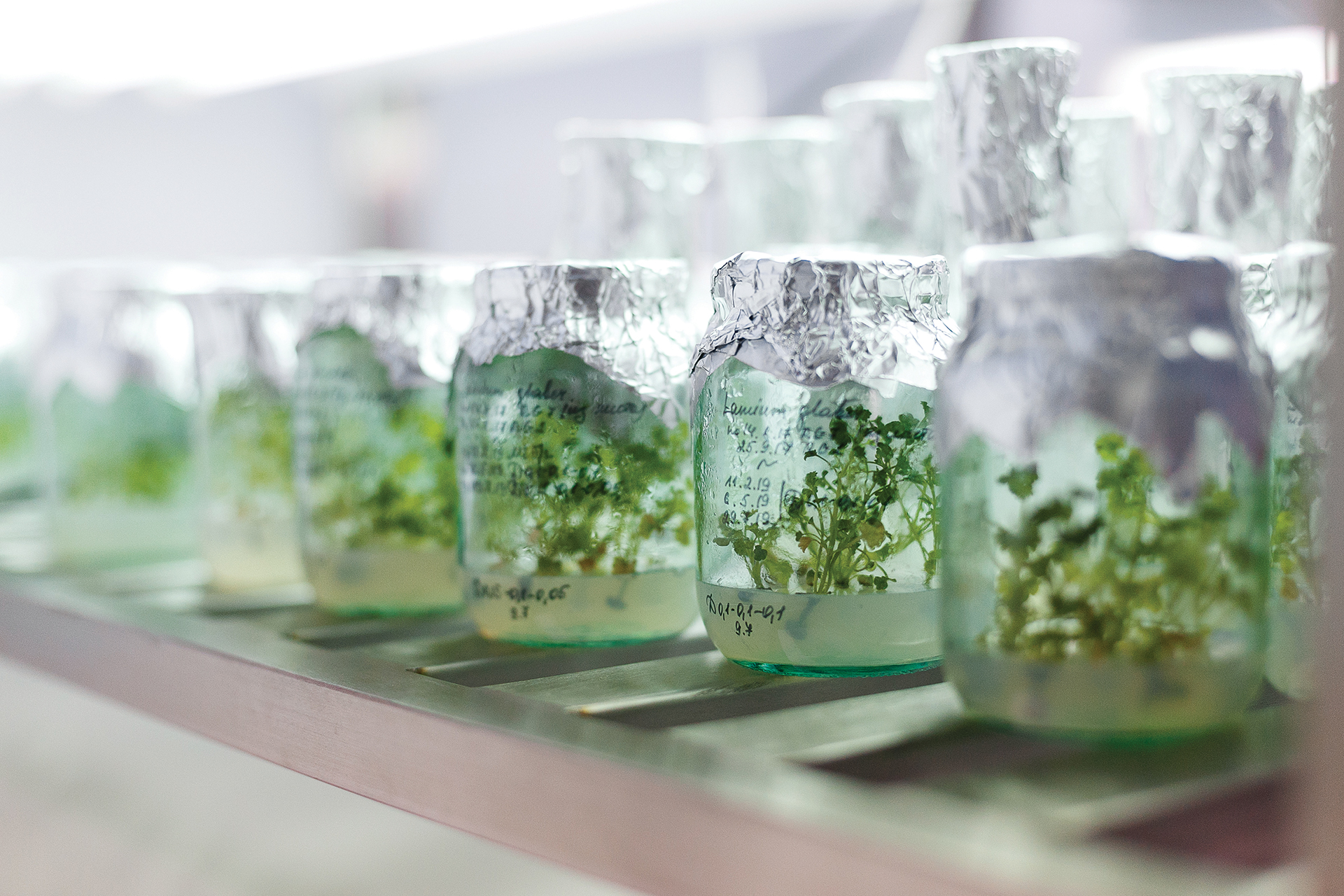
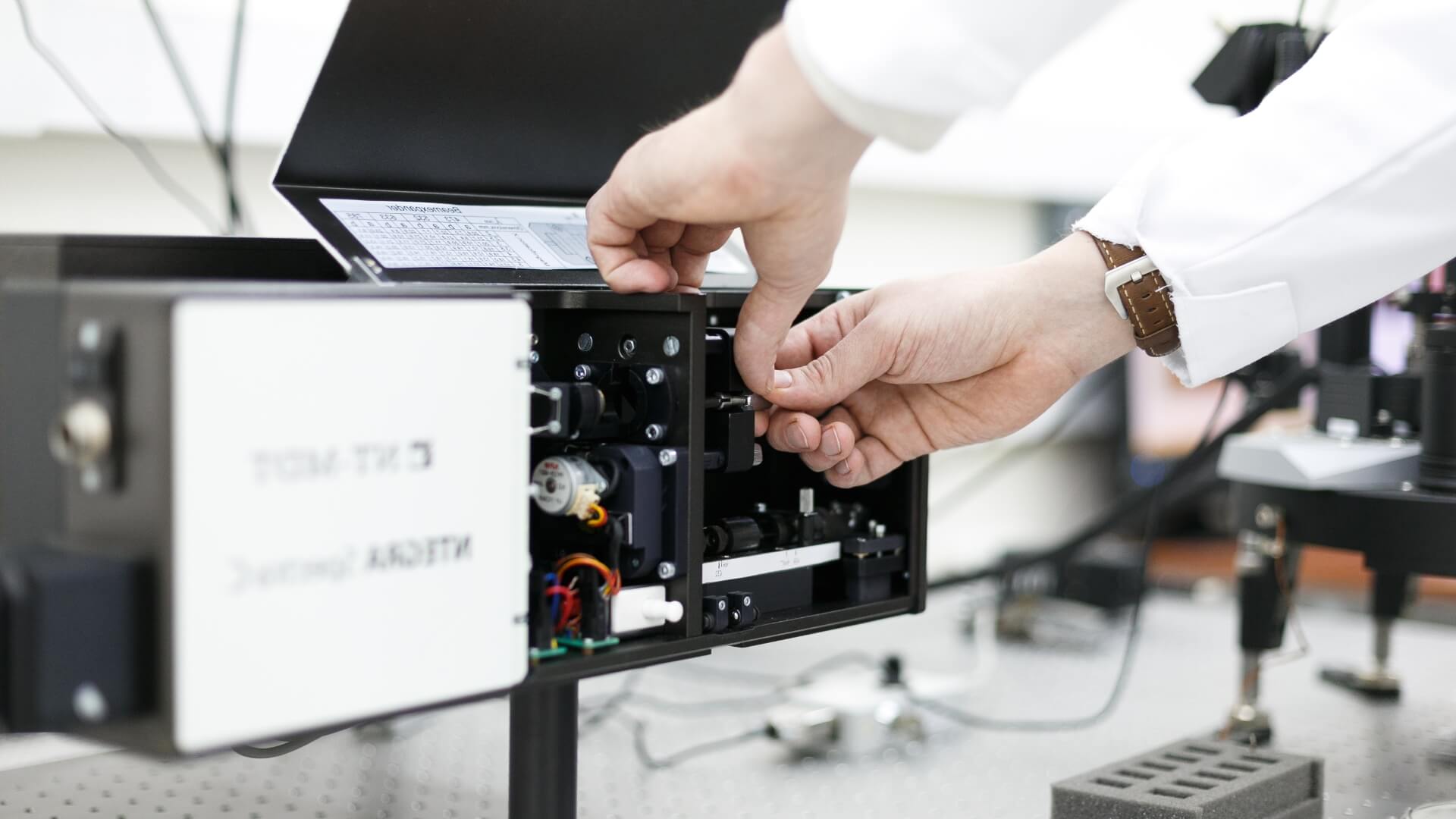
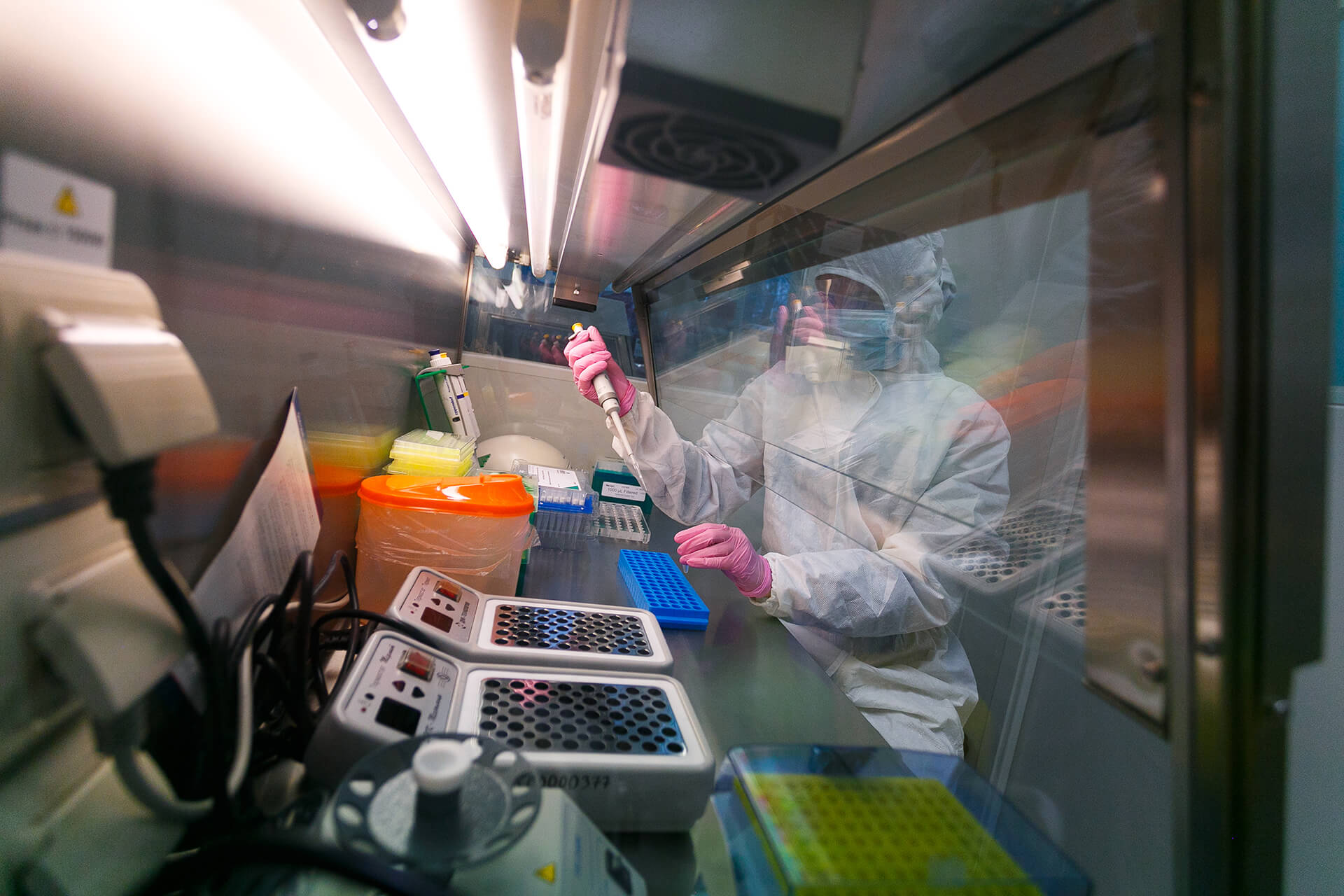
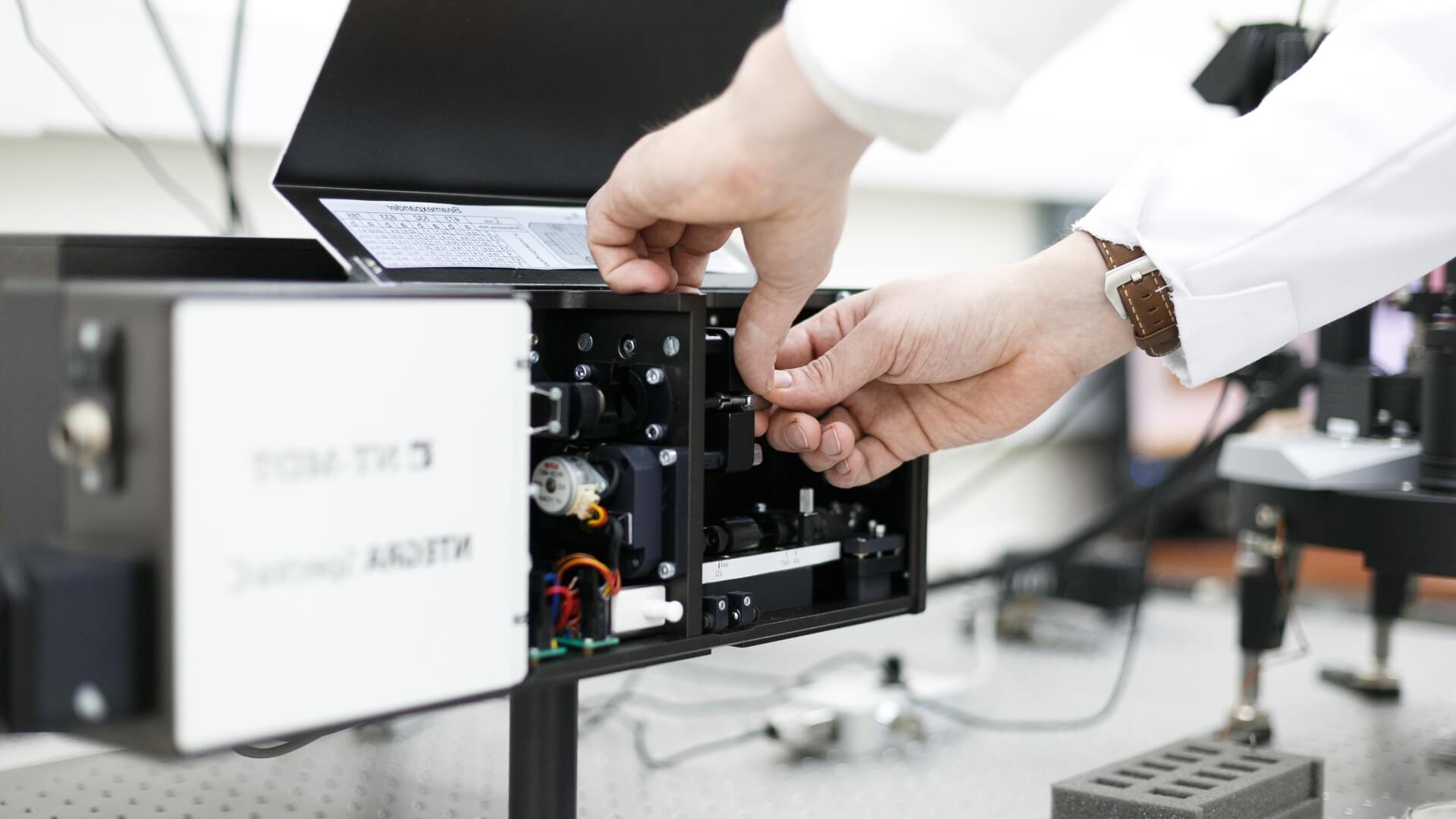
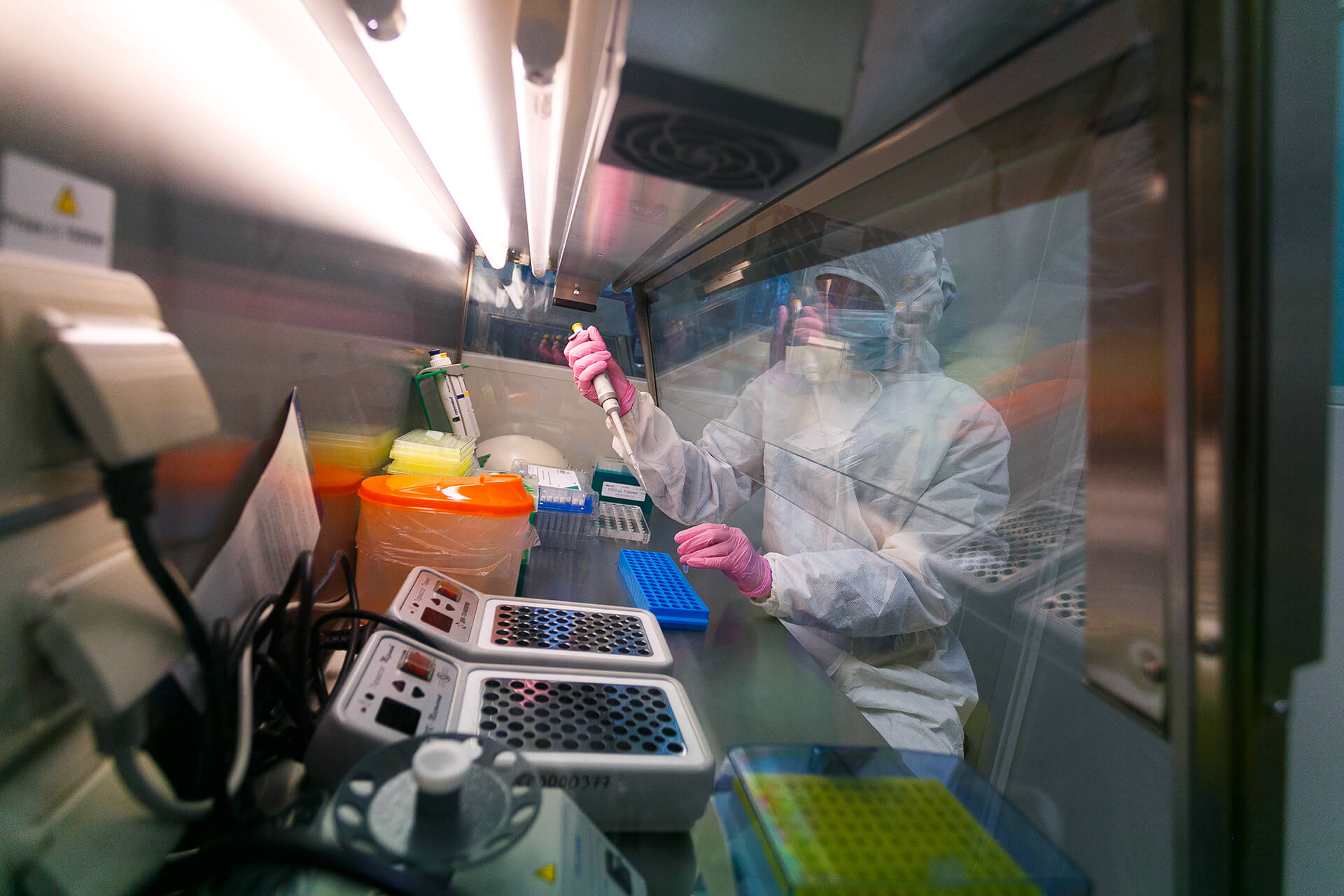
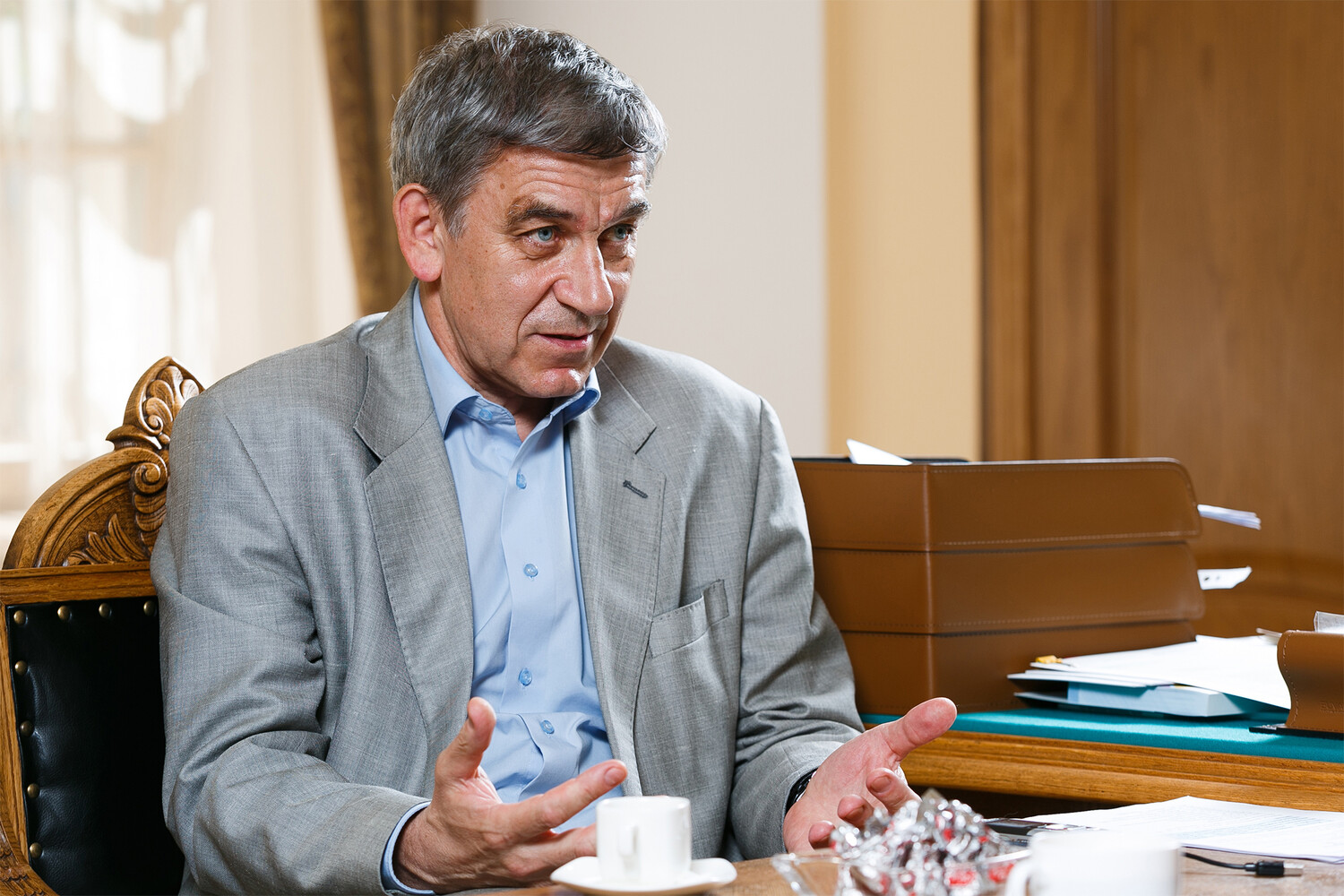
Gazeta.ru (GR): Mr. Khlunov, you are the head of the Russian Science Foundation. Could you please tell us why the Foundation was set up and what makes it unique?
Alexander Khlunov (AK): The Russian Science Foundation is the Russia’s largest funding instrument that supports excellence in basic research by providing grants to researchers. This is competitive funding researchers are seeking to carry out their projects, in addition to their salaries paid by their institute or university. Such grants are needed because not all researchers’ ideas fit in research priorities and agenda defined by the state, whereas these ideas are sometimes good and useful for society. Therefore, we developed a system of grants to help them pursue these cutting-edge ideas. Three Expert Councils select the best projects based on the input of over 7000 independent external reviewers. The RSF has a number of different grants. We support researchers at various career stages, small projects, and even set up laboratories to help bring ideas into real life.
GR: Do you only use government funds for grants?
AK: At the moment, yes. A few years ago, we also had some corporate contribution, but since 2021 it has been exclusively government funding. And there’s quite a lot to go around: since its inception, the Russian Science Foundation has awarded over 180 billion rubles fund research projects.
Our aim is to help create funding conditions that are on a par with the leading science nations. On average, we provide 7 million rubles per project per year. That’s roughly the same as what large science foundations in the United States and Europe offer.
GR: What is your total amount allocated per year?
AK: Right now, it’s 33 billion rubles, and in accordance with the relevant budget decision, we expect that amount to grow to 42 billion rubles in 2023. This is a significant increase from 2014, when we were just starting out. Back then, we gave out 7 billion rubles. Now, we’re funding over 7000 projects, which means that we are supporting 50,000 researchers in Russia.
GR: What support does the Russian Science Foundation provide for young scientists?
AK: Initially, young scientists competed alongside everyone else, and a number of their projects was selected for funding. But there was no systemic support. In 2017, we launched the Presidential research funding program, and special line-up of grants aimed exclusively at young scientists has appeared as part of that effort.
We offered two types of grants. One is for scientists under the age of 33 who have successfully completed their Ph.D. course but have not yet made a breakthrough in terms of greater independence in their activities and were still working under the heads of laboratories or in structural divisions of enterprises. This is the “Postdoc Competition.” It is aimed at ensuring that those who carry out independent research works de jure earn the right to do so de facto as well. Almost 2800 young scientists have received individual grants under that grants program since its launch.
The second grant of the Presidential program is “Young Research Team Led by Young Researchers.” Grants of up to 6 million rubles per year are awarded to researchers under the age of 35 to lead youth research teams for a three-year period. A total of 2200 grants have been awarded in the five years since the initiative was launched. The results of this year’s youth competitions have just been announced (on July 1), with around 1000 projects set to receive RSF support.
GR: How much money has been allocated to these competitions?
AK: Over 30 billion rubles has been awarded since the launch of the Presidential program five years ago, and that’s just for youth projects.
GR: Have there been cases where young scientists have proven to be unreliable and unable to complete their projects, forcing you to close them?
AK: It happens. Sometimes research teams break up or fail to fulfil the research plan. But that’s maybe ten projects per year, max, out of 1000 in total – too small figure to be statistically significant. We see that a significant part of the recipients of youth grants – up to 30% – continue to submit applications in our common grants programs without age limit, competing on an equal footing with their more senior colleagues, and even winning grants. That is, the statistics confirm the concept of “scientific reinforcement.”
The number of scientists in Russia aged between 35 and 40 used to be small, but this is changing, and their number is growing within the Russian science structure as a whole. And there certainly is no shortage of up-and-coming young researchers. Undergraduate and graduate students feel perfectly at ease in research teams and are earning decent salaries for their work.
Ph.D. students working under RSF grants have earned an average of up to 30,000 rubles (600 USD) extra a month last year.
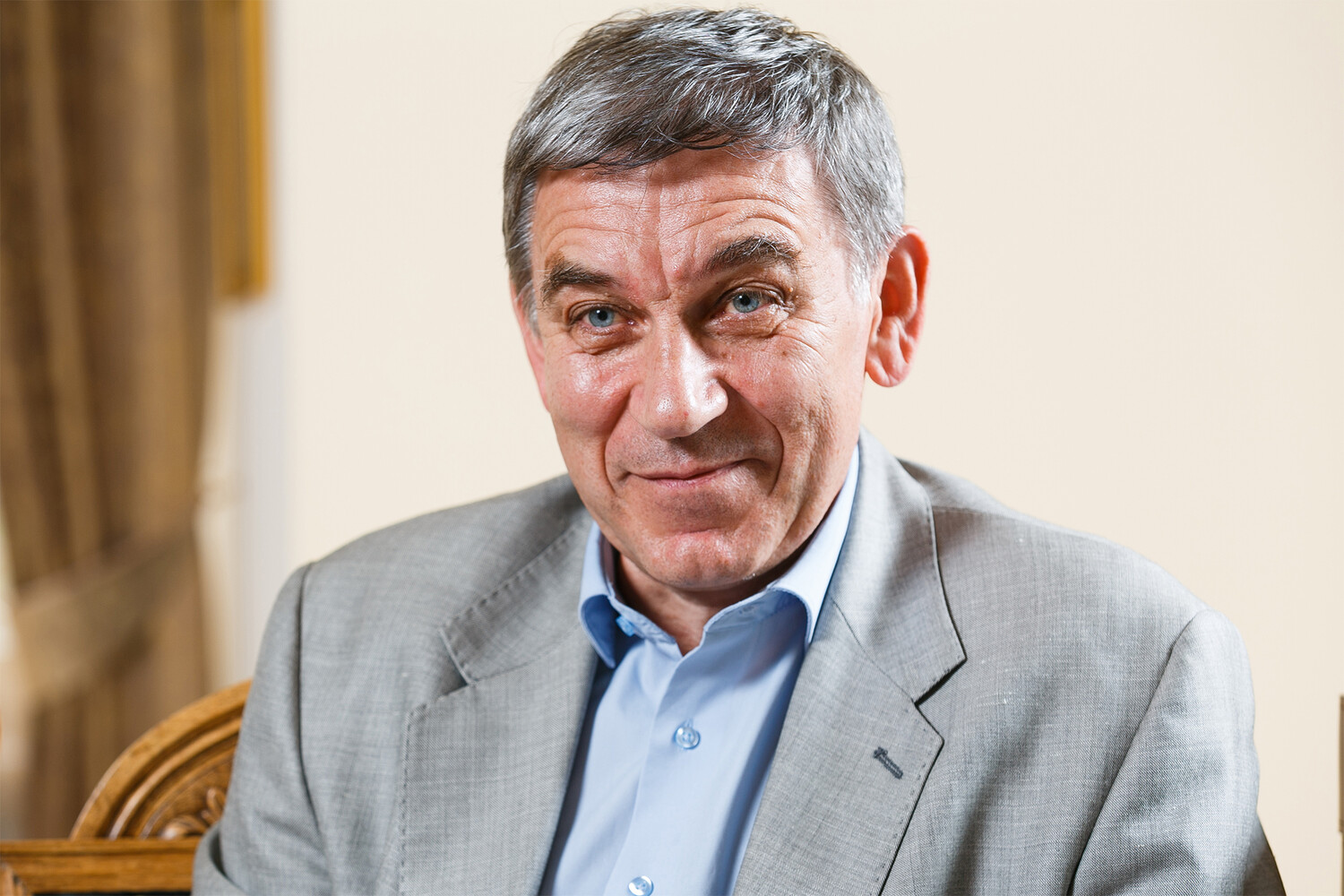
Credit: RSF Press Office
GR: The Russian Foundation for Basic Research used to award grants not only to research teams, but also to individual researchers, with sole the purpose being “for their own needs.” Is that still something you do?
AK: That was indeed the case. But we had a lot of questions: What does “your own needs” actually mean? Surely, it means different things for different people. The Russian Science Foundation is not about to start discussing these issues, we deal exclusively with the concept of “effectiveness.” We have published and made freely available detailed information on all RSF-funded projects and their results – just open up our website and see for yourself. After all, it is taxpayers’ money that is being spent on these projects, and we believe that the results should thus be related to the society’s needs, rather than to the needs of the researcher or researchers.
GR: Scientists often say that receiving a grant spelt the end of their scientific activities, as they would constantly be bogged down in paperwork. Is there a similar red tape problem at RSF?
AK: Not at all. I think the truth looks more like this: when you don’t have any results to show, you probably have to write a lot, make some stuff up. When your publication appeared in Nature or Science, you don’t have to worry about that kind of reporting staff.
GR: But surely, you can’t deny that Russian scientists are having a harder time getting their papers accepted by foreign journals, collaborating with colleagues from other countries, and getting invited to present their work at international conferences?
AK: There are some short-term problems with subscriptions, but that doesn’t mean that papers submitted by Russian researchers are not accepted for publication. That said, we took a look at the current situation and decided to move away from using Web of Science and Scopus (the international scientometric databases) in our calls for proposals rules, which goes in line with the government’s decision on the matter. Our guidelines no longer include these words; instead, we look for publications in “leading peer-reviewed Russian and foreign journals.”
GR: It’s no secret that there aren’t many high-quality scientific journals in Russia. Do you have any plans to support and develop this area?
AK: The government is making every effort to increase its support for Russian journals. A program is being developed and will be launched soon. The number of Russian journals with a high level of review will undoubtedly grow, and we will use scientometrics from these journals in our standard review process. That said, Russian scientists continue to publish in numerous well-respected high-quality foreign journals.
GR: But foreign journals often charge a submission fee. How are Russian scientists supposed to pay now? With Bitcoin?
AK: A while ago, we held an ad-hoc meeting with our Expert Councils on that very issue. I wouldn’t say that anyone was complaining that things had changed dramatically. Some foreign journals don’t charge a submission fee. What’s more, some Russian banks are still able to carry out international financial transactions.
GR: I know that RSF grants include money to pay for submissions to foreign Open Access journals, which can add up. Do you think you’ll be able to save money on this now?
AK: It is true that our grants make allowances for Open Access, as paying to publish in such journals can cost as much as 3000–5000 USD. I’m mostly talking about Open Access journals here, as they do not require a subscription, which obviously raises the issue of payment. I don’t think that our foreign colleagues will balk at this money now. And the fact is that the global research community needs the results of researchers in Russia.
You may have noticed that the U.S. President and the British Prime Minister both keep a close eye on what Russian scientists are doing, and often extend invitations for them to work over there.
GR: It appears that you have the exact opposite stance. Boris Johnson says, “Come and work in the UK,” and you respond with, “Please, you don’t need to go to the UK. Here’s a nice research grant for you.” Isn’t is the reason why fewer and fewer scientists are leaving Russia?
AK: We have noticed a trend, yes, as the number of applications to a variety of our funding programs remains to be high.
GR: What does that mean?
AK: Well, take the grants for young scientists, for example. There are a lot of scientists in Russia who meet the criteria for them. Over the past five years, we have received, on average, more than three applications per open position. This means that there is no shortage of future young researchers who are ready to continue working in science at a high level. And we’re quite proud of this.
GR: From which regions do the most successful applications come from?
AK: The Central, Siberian and North-Western federal districts. In terms of the number of successful applications to the number of researchers in region, Siberia is on top. Specifically, Novosibirsk Oblast.
GR: This year, it was mostly projects that require work with reagents that ended up being awarded grants in the young scientist program. So, we’re talking various areas of chemistry and biology. Are we seeing a gradual shift from financing purely basic science to financing projects that have practical significance?
AK: We’re currently thinking about making some changes to the activities of the Russian Science Foundation. Not in order to take money away from basic science and to redirect it towards applied research, but also to find additional sources that we could use to fund the next stages in research cycle. It is important here that scientists are among the few specialists who can retrain and carry out applied research rather effectively. The main issue here is to get a clear idea of what it is that we want, to develop technical specifications. This should be done by the people who will produce the end product and make a profit out of it. We are trying to get this dialogue off the ground.
